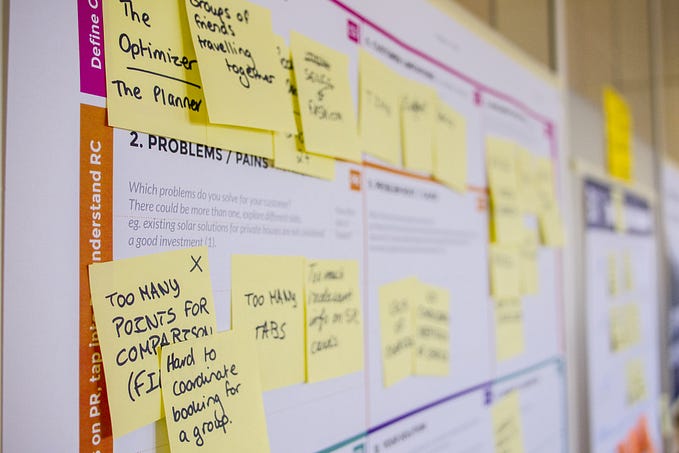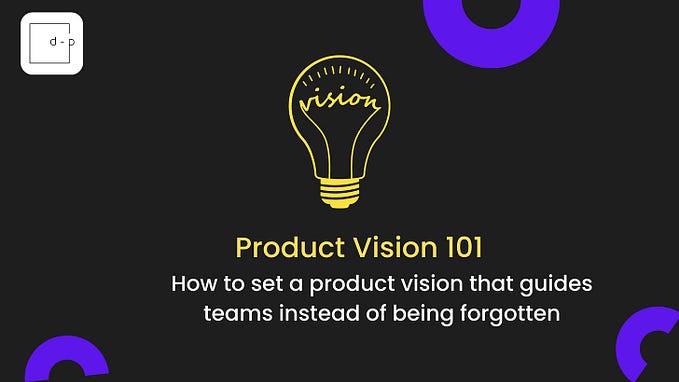Member-only story
The dangerous game of product backlog Tetris
Sometimes you shouldn’t play as a Tetris world champion would.

The product backlog is a list of the features, fixes, infrastructure changes or other activities that a team may deliver to achieve a specific outcome. It is known to be the single authoritative source for things that a team works on.
Managing a backlog is often compared to playing the game of Tetris, where work items are seen as incoming blocks that are often unpredictable. Product managers often feel compelled to treat backlog management as a game of Tetris, whether it be rotating certain pieces to achieve some desired outcome, or simply waiting for the right piece to come along to save the day.
However, I’d actually argue that treating a backlog like Tetris is an anti-pattern we should try to avoid. Provided below are 6 ways to manage a product backlog that are often incongruent with the desired way to play Tetris.
Tetris vs the Product Backlog
In Tetris, players complete lines by moving differently shaped pieces (tetrominoes), which descend onto the playing field. Completed lines disappear and grant the player points. The player can then proceed to fill the vacated spaces.
A product backlog, is a list of new features, changes to existing features, bug fixes, infrastructure changes, or other activities that a team may deliver to achieve a specific outcome. The backlog is the single authoritative source for the things that a team works on. As a product matures, more work items are raised to be added to the backlog to improve the current product.
When overlaying both on top of each other, the intersection is a unique space that I call the “Illusion of Control”: where backlog owners treat work items as falling Tetris pieces that need to be fit into a row of work items that need to be delivered. It’s an illusion because you can’t predict the future, but you can certainly mitigate risks and plan enough to allow you to pivot when necessary.








